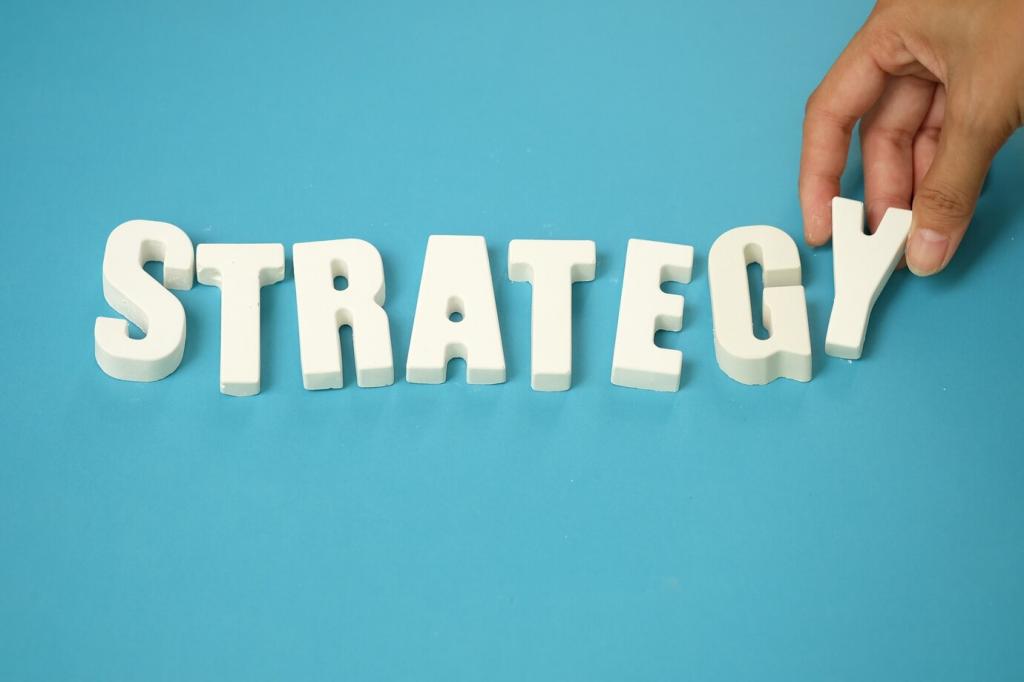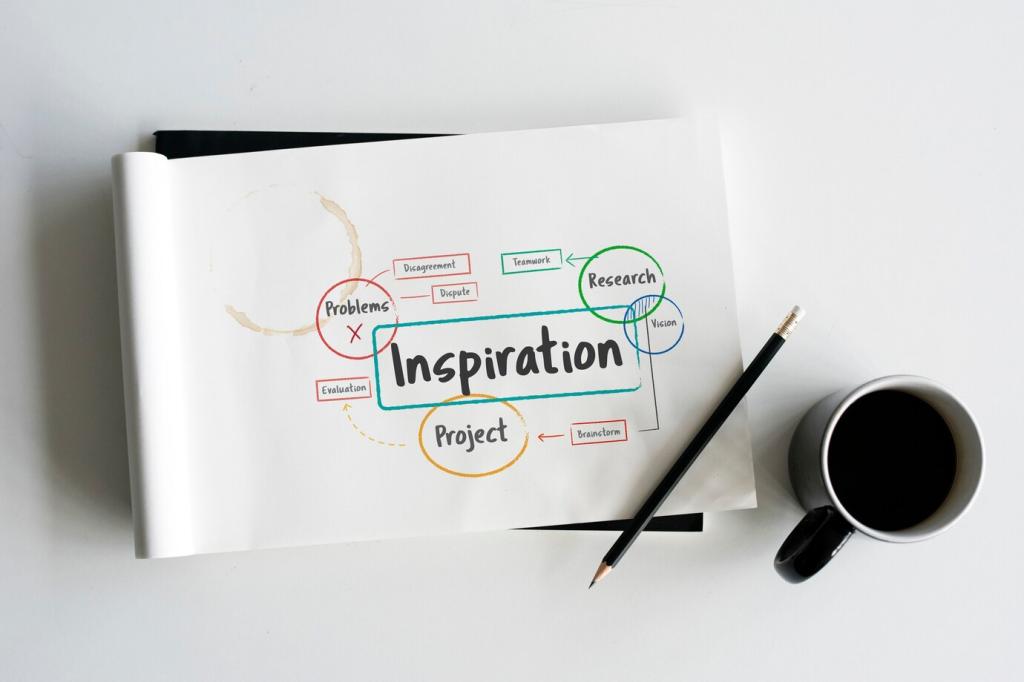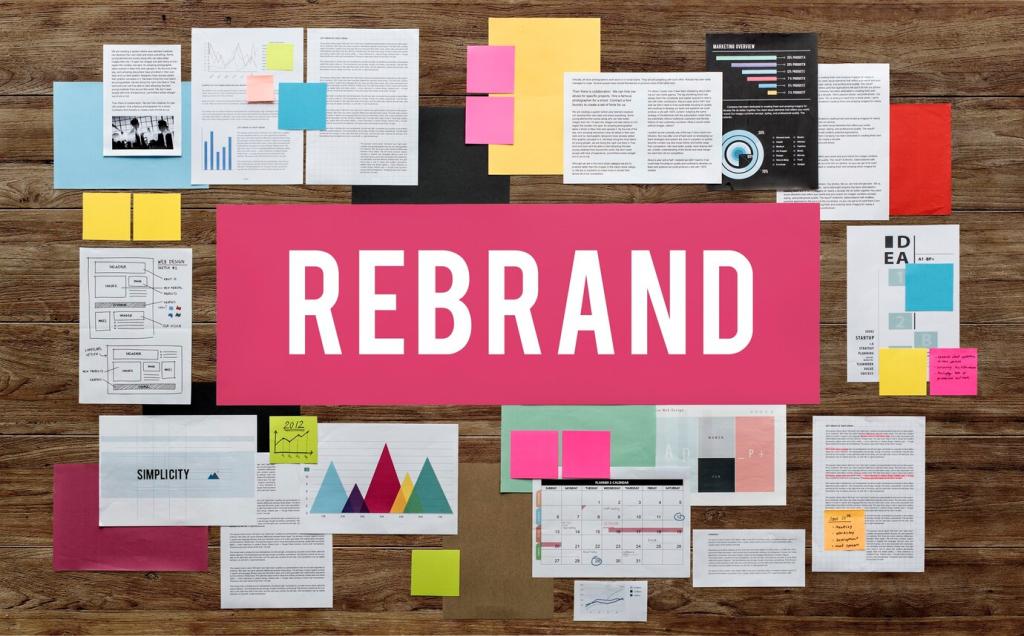The Role of Professional Design in Building a Coaching Brand
Why Professional Design Is the Bedrock of a Coaching Brand
From Values to Visuals
Start by naming the feeling you promise clients—clarity, courage, momentum—and then build visual cues that express it. Minimal layouts suggest focus, warm palettes convey empathy, and precise typography reflects structure. Invite readers to comment with their core brand feeling.
Design Signals Credibility
Research consistently shows first impressions form in milliseconds, and design drives that snap judgment. Clean hierarchy, whitespace, and consistent color use imply reliability. Coaches who embrace coherence reduce friction, build trust faster, and shorten the path from curiosity to commitment.
Differentiation in a Saturated Market
When many coaches sound similar, design becomes your voice at a glance. Visual metaphors tied to your framework—arrows for momentum, circles for wholeness, grids for rigor—make your method tangible. Encourage readers to share one symbol that could represent their approach.
Core Identity Elements that Shape Perception
Logo as a Promise
An effective coaching logo is simple, legible, and meaningful without being literal. It should scale on social avatars and hold clarity on print materials. Treat it as a promise mark, not a puzzle, and test recognizability with your audience.
Color Psychology for Coaching Niches
Colors shape emotion before words land. Blues suggest steadiness, greens whisper renewal, and deep neutrals convey gravitas. Combine one emotional anchor color with two supportive neutrals to maintain harmony. Ask readers: which palette best matches your transformation arc?
Typography that Speaks Your Method
Type tells a story about pace and tone. A geometric sans can signal clarity and modernity; a refined serif can express depth and mentorship. Limit your system to two families with clear roles to preserve rhythm and reading comfort.
Story-Driven Design that Builds Emotional Connection
01
Photography that Mirrors Outcomes
Use images that reflect the after state—calm focus, collaborative wins, purposeful movement—rather than staged handshakes. Authenticity shines through candid, well-lit scenes. Invite subscribers to submit one image that best represents the change they deliver to clients.
02
Layouts that Lead, Not Distract
Structure pages to reveal your story in steps: problem, approach, proof, next action. Generous spacing and clear headings guide scanning eyes. Place calls to action where understanding peaks, not just where space exists. Ask readers where their current layout stalls.
03
Microcopy and Icons that Humanize
Small phrases and symbols carry large meaning. Warm microcopy under forms reduces anxiety; simple icons clarify processes without jargon. Align tone with your coaching voice—encouraging, direct, or reflective—and keep consistency so every detail sounds unmistakably like you.
Designing Digital Touchpoints that Convert
Map each page to one intent: understand your offer, explore proof, or book a call. Prioritize mobile-first speed, readable contrast, and focused navigation. Replace walls of text with scannable sections, then invite visitors to join your list for practical resources.
Designing Digital Touchpoints that Convert
Create a small set of post templates—tips, client wins, behind-the-scenes—that repeat layout, colors, and type. Consistency compounds recognition and saves time. Encourage readers to comment with one recurring content pillar they can templatize this week.





Practical Workflow: From Brief to Brand System
Collect all current touchpoints—site, slides, social—and assess consistency, clarity, and alignment with your promise. Identify quick wins and deeper projects. Invite readers to download a checklist by subscribing, then share one surprising gap they discovered.


Practical Workflow: From Brief to Brand System
Provide context, outcomes, and constraints, not just inspiration snapshots. Share audience insights and your method’s structure. Set milestones for feedback that focuses on objectives. Ask in the comments how you prefer giving feedback—looms, comments, or live reviews.
